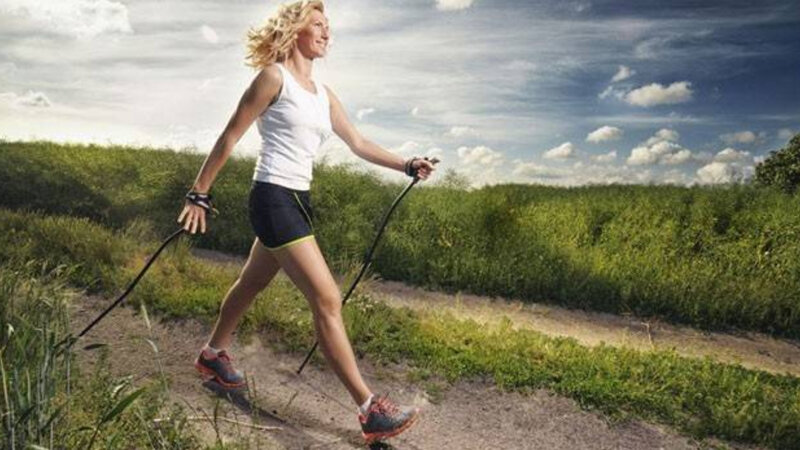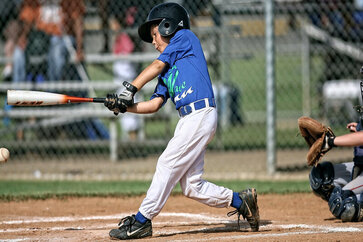What Is The Difference Between A Reflex Action And Walking
While walking, you likely don’t consciously think about the intricate movements of your feet. However, it is important to differentiate between reflex actions and walking to deepen your understanding of the functioning of the human body and brain.
A reflex action refers to an involuntary movement that can be rapidly executed without conscious thought, typically in response to specific stimuli.
On the other hand, walking is a voluntary action that involves coordinated movements between the upper and lower body. During walking, your knees, hips, and spine function as a unified unit, while your feet engage in rhythmic activity.
To delve further, let’s explore the concept of reflex actions.
Ordinarily, when a sensory organ or receptor is stimulated by a particular event, it sends signals to the brain, which then formulates a response to the stimulus and transmits it to the effector (the muscle or gland involved in the action).
However, there are situations that demand a quicker response, and this is where the spinal cord comes into play. Such rapid responses are known as reflex actions. In reflex actions, only the spinal cord, not the brain, is involved. They occur swiftly and automatically.
For instance, the adjustment of your pupils in response to varying light levels is a reflex action that occurs through the involvement of the spinal cord, bypassing the brain.
Difference between a reflex action and walking
A reflex action and walking are two distinct physiological processes with fundamental differences. Here’s a breakdown of their characteristics:
Reflex Action:
1. Involuntary: Reflex actions are automatic responses that occur involuntarily without conscious thought or effort.
2. Rapid Response: They are quick reactions to specific stimuli, often occurring within milliseconds.
3. Simple and Limited: Reflex actions typically involve a simple neural pathway that bypasses the brain and directly connects sensory receptors to motor neurons in the spinal cord or lower brain centers.
4. Protective in Nature: Reflex actions are designed to protect the body from potential harm or danger, such as pulling your hand away from a hot object or blinking in response to a sudden bright light.
5. Pre-wired: Reflex actions are innate and do not require prior learning or conscious control. They are instinctive and present from birth.
6. Examples: Reflex actions include the knee-jerk reflex, withdrawal reflex, gag reflex, and pupillary reflex.
7. Minimal involvement of the brain: Reflex actions are often processed and executed at the level of the spinal cord or lower brain centers, without significant involvement or processing in the higher brain regions.
8. Limited variability: Reflex actions tend to have a fixed and predictable response pattern, with minimal variation from person to person.
9. Involves specific muscles: Reflex actions typically activate specific muscle groups or body parts that are directly related to the stimulus. For example, the withdrawal reflex causes the muscles to contract and move the affected body part away from the source of pain.
10. Unconscious processing: Reflex actions occur without conscious awareness or control, and individuals may not have any voluntary control over their reflex responses.
11. Involvement of sensory receptors: Reflex actions are triggered by specific sensory receptors, such as pain receptors (nociceptors), touch receptors (mechanoreceptors), or light-sensitive receptors (photoreceptors). These receptors detect the stimuli and initiate the reflex response.
12. Stereotypical response: Reflex actions generally exhibit a stereotypical response pattern that is consistent across individuals. For example, the pupillary reflex causes the pupils to constrict in response to bright light.
13. Lower-level neural pathways: The neural pathways involved in reflex actions are often simple and direct, bypassing higher brain centers. This allows for rapid and automatic processing of the stimulus.
14. Protective and survival-oriented: Reflex actions serve as a protective mechanism for the body, helping to prevent injury or maintain homeostasis. Examples include the cough reflex, which clears the airways, and the startle reflex, which prepares the body for potential danger.
15. Limited conscious control: Reflex actions generally occur without conscious control or awareness. Although some reflexes can be modulated or suppressed to some extent, they primarily operate at an unconscious level.
Walking:
1. Voluntary: Walking is a voluntary action that requires conscious intent and control from the brain.
2. Controlled Movements: Walking involves a coordinated sequence of muscular movements, requiring the integration of sensory information, motor planning, and balance control.
3. Purposeful Locomotion: Walking serves the purpose of intentional movement and transportation from one location to another.
4. Learned Skill: While basic walking patterns may emerge naturally during infancy, walking as we commonly understand it is a learned skill that typically develops during early childhood through practice and experience.
5. Complex Neural Processing: Walking relies on complex neural pathways that involve various brain regions, including the cerebral cortex, cerebellum, and basal ganglia, to coordinate and execute the intricate movements required for walking.
5. Complex coordination: Walking requires the integration and coordination of multiple muscle groups, joints, and sensory feedback to maintain balance, rhythm, and forward movement.
7. Developmental milestones: Walking is considered a significant developmental milestone in human infants, typically achieved around 9-18 months of age.
8. Adaptability: Unlike reflex actions, walking can be adapted and modified based on the individual’s intention, environment, and external factors. For instance, walking speed, gait pattern, and direction can be consciously adjusted.
9. Energy expenditure: Walking is a more energy-demanding activity compared to reflex actions, as it involves sustained muscle contractions and continuous movement.
10. Cognitive involvement: Walking requires cognitive processes, such as spatial awareness, motor planning, and navigation. It also involves higher-level brain functions like decision-making and coordination with visual and auditory inputs.
11. Integration of multiple body systems: Walking requires the coordination and integration of various body systems, including the musculoskeletal system, nervous system, and sensory feedback from the environment.
12. Weight-bearing and bipedal locomotion: Walking involves the support and transfer of body weight from one leg to another in a rhythmic manner. It is a primary mode of bipedal locomotion for humans.
13. Postural control and balance: Walking necessitates the maintenance of posture and balance to prevent falling or stumbling. This involves continuous adjustments of the body’s center of mass and coordination of muscles involved in stability.
14. Energy-efficient movement: Walking is an energy-efficient form of locomotion, utilizing a natural pendulum-like motion of the legs to conserve energy while propelling the body forward.
15. Learning and adaptation: Walking is initially learned and refined through a process of trial and error during early development. It can be adapted and modified based on individual preferences, environmental conditions, and specific tasks, such as walking uphill or on uneven surfaces.
Final Note:
In summary, reflex actions are rapid, involuntary, and simple responses to specific stimuli, whereas walking is a voluntary and learned skill involving purposeful and coordinated movements that require conscious control and complex neural processing.
























